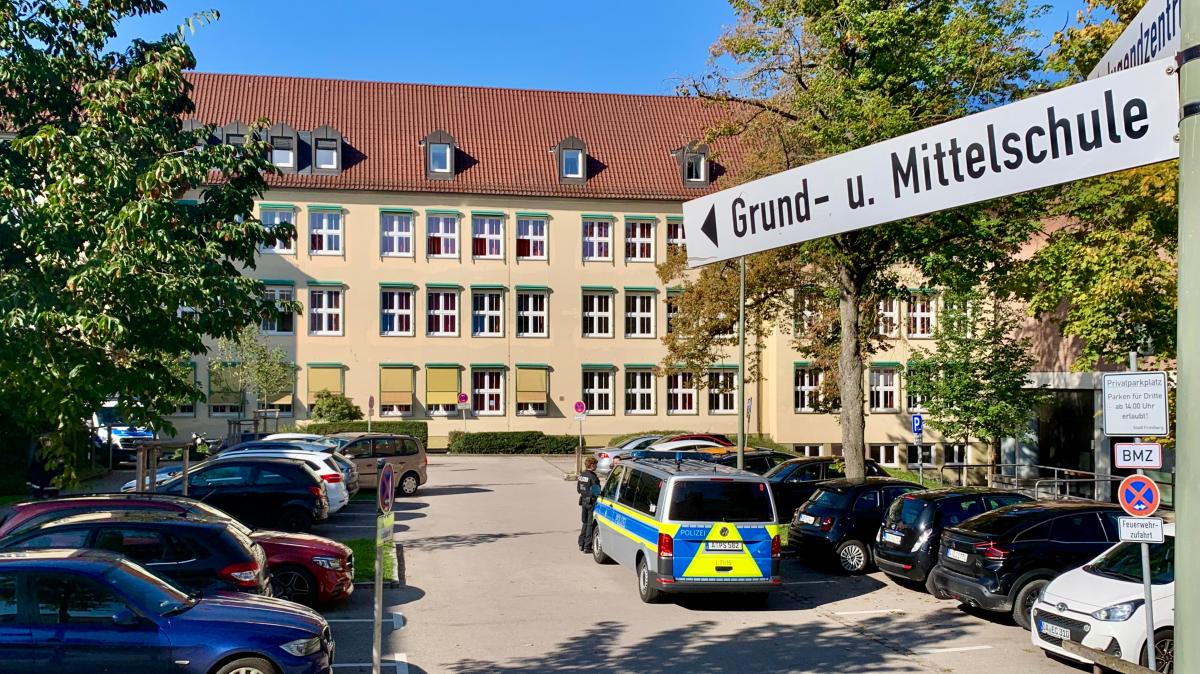
The German labor market has experienced an unusually weak spring recovery this year, with unemployment figures showing a minimal decrease. In May, the number of unemployed individuals dropped by just 12,000 to 2.919 million, a figure that remains 197,000 higher than the previous year, according to the Federal Employment Agency in Nuremberg. The unemployment rate saw a slight decline of 0.1 percentage points to 6.2 percent.
Andrea Nahles, the head of the Federal Employment Agency, commented on the situation, stating, 'The spring recovery that has now ended was overall weak. The labor market is not getting the tailwind it needs for a turnaround. Therefore, we expect the number of unemployed to continue to rise in the summer.' This statement underscores the challenges facing Germany's labor market amidst ongoing economic weakness.
Despite the rise in unemployment, the shortage of skilled workers remains a critical issue. A study by the Federal Employment Agency identified shortages in 163 out of 1,200 professions, with healthcare, construction, and skilled trades among the most affected sectors. This persistent shortage highlights the structural challenges within the German labor market, even as overall unemployment rises.
The latest data paints a concerning picture for Germany's economy, with the labor market caught between rising unemployment and a persistent lack of skilled workers. As the summer approaches, the Federal Employment Agency's projections suggest that the situation may worsen before it improves, putting additional pressure on policymakers to address these dual challenges.



